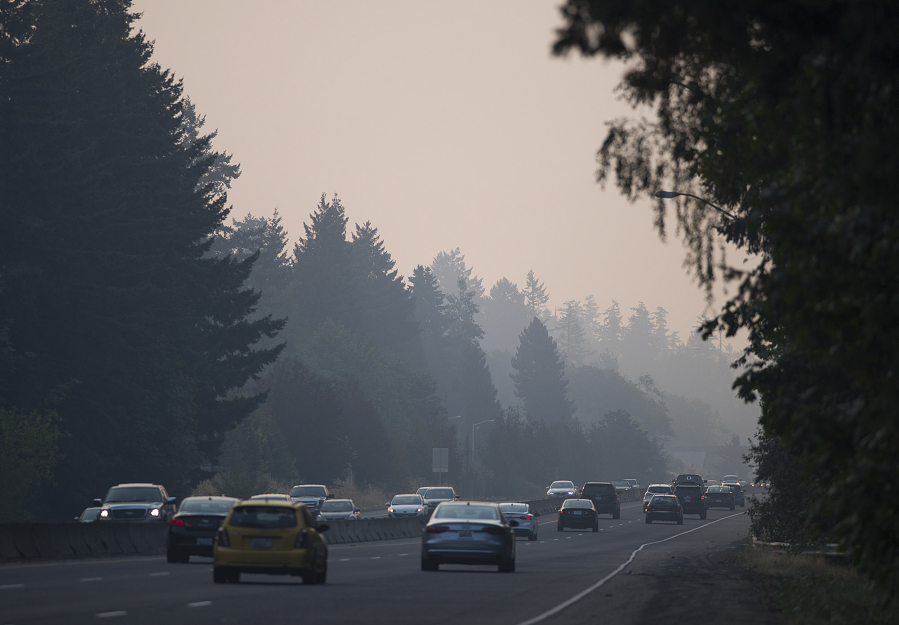Respiratory therapists at Legacy Salmon Creek Medical Center were already worried about their patients when the temperatures started to climb earlier this week. But then the wildfire smoke blanketing much of Washington made its way to the metro area, leading therapists to brace for the worst.
“I’ve just been holding my breath and watching for names to come into our system,” Mike Morris, a respiratory therapist at Legacy Salmon Creek, said Thursday. “I don’t want to see my people today.”
Temperatures above 90 degrees and low humidity are problematic for people with chronic obstructive pulmonary disease, or COPD. Add in the smoke and smog, and the risk for flare-ups goes up even more, said Morris, COPD education coordinator at the hospital.
As of Thursday afternoon, only three COPD patients had been admitted for breathing problems. Another handful of people had arrived in the emergency department for breathing-related problems.




